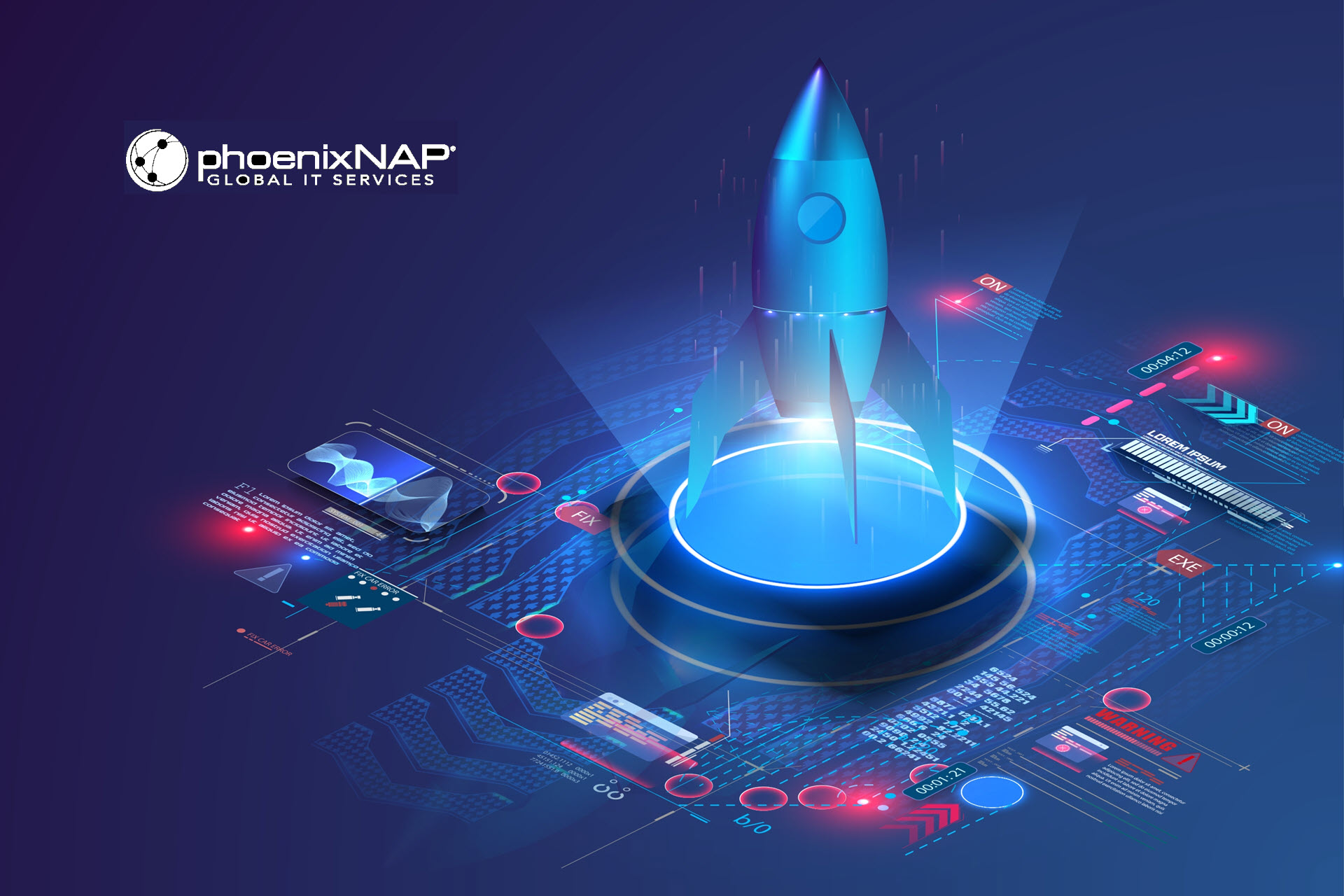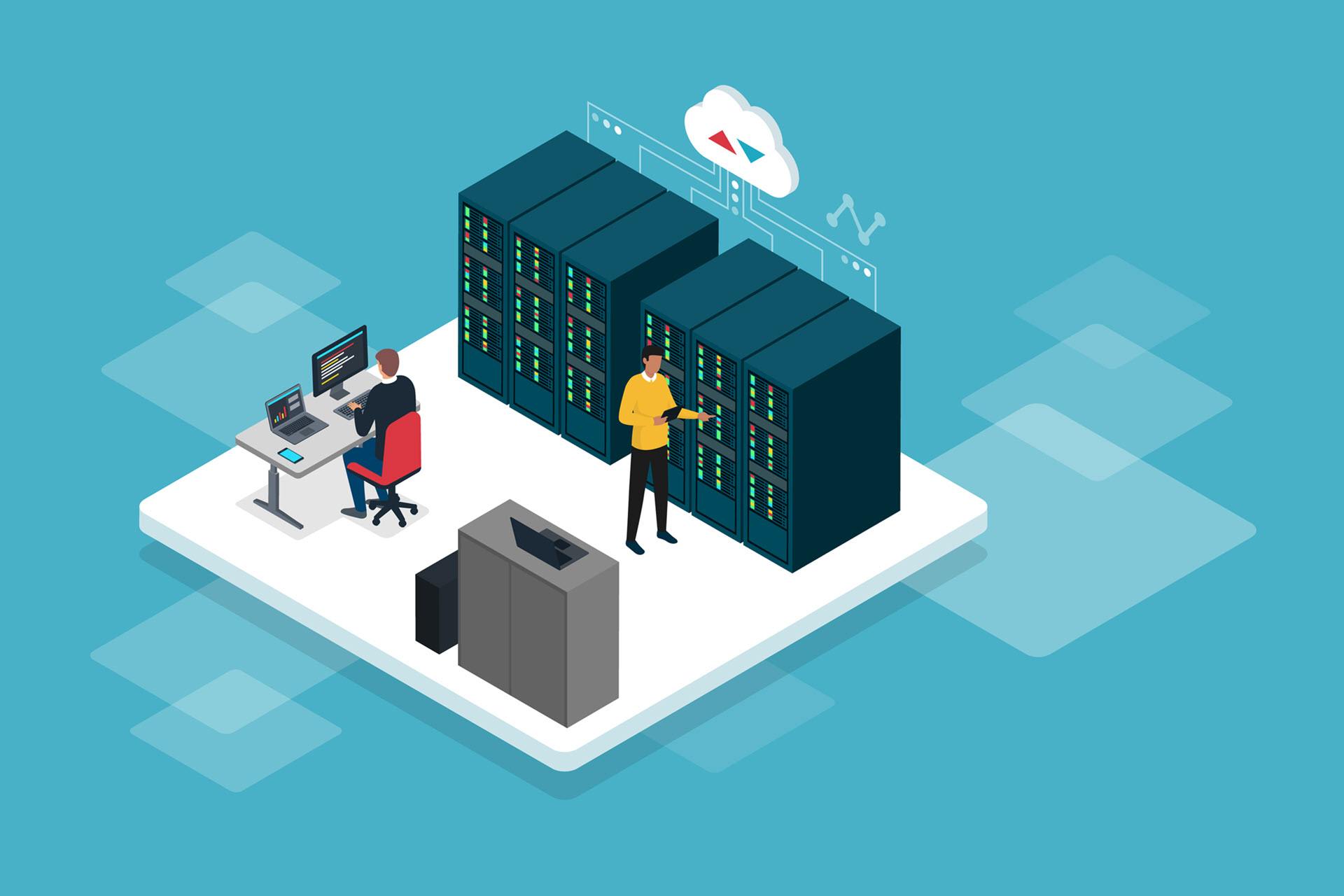At phoenixNAP, we’ve had the opportunity to support the evolution of many startups and make their stories part of our own.
In this article, I want to take a moment to celebrate our partners who never settled for “good enough”, tell you about their challenges, and how they overcame them.
1. Glimpse
Glimpse is a software development startup that created a virtual marketplace for connecting content creators like musicians, artists, and teachers with their audience. The creators share their knowledge and skills through free or paid packages, while consumers can purchase tokens to access the content.

Their policy of not deducting any portion of a creator’s earnings distinguishes them from the competition. They manage this through a tokenization system that charges a nominal fee from buyers whenever they purchase a token, ensuring creators keep 100% of their earnings.
We have been proud partners of Glimpse since the very beginning. They used our Managed Private Cloud (MPC) to host their development infrastructure and production workloads, reducing their infrastructure costs by 70% and enabling them to transition smoothly to DevOps.
We embraced DevOps and never looked back. If you are still on the fence, read the article on why we made the leap, the steps we took, and what we gained.
The Challenge
At the heart of Glimpse’s operations is a web and mobile app that facilitates exchange and communication between creators and consumers.
Despite managing an effective and agile development pipeline, they encountered a common problem for startups – their margins were being eroded by the public cloud. They also needed to upscale their infrastructure to handle the server load of video streaming.
This was their make-or-break moment. What Glimpse needed was a robust infrastructure that would support their growth. Fortunately, they didn’t have to look far, as we were aware of their issues and were well-equipped to handle the challenge.
The Solution
Our then brand-new Bare Metal Cloud was an out-of-the-box solution that prioritized automation and performance, leading to quicker product launches, enhanced flexibility, and expedited development processes. Switching to BMC provided Glimpse with a consolidated platform, offering the tools and resources needed to create and execute successful CI/CD pipelines, handle demanding workloads, and reduce costs.
Bare metal cloud servers are physical servers that provide the same convenience and versatility as cloud computing. But unlike cloud computing, Bare Metal Cloud offers complete control over physical resources, including CPU, memory, and storage, providing more freedom and better performance without the complexity of dedicated server hosting. Additionally, Bare Metal Cloud servers are single-tenant, meaning that there is no sharing of processing power with other users and no virtualization overhead.
Glimpse leveraged Terraform and Ansible integrations with Bare Metal Cloud to achieve automated resource provisioning and scaling and efficiently manage their critical resources. While Bare Metal Cloud’s certified Terraform module helped them deploy physical servers with simple code instructions, the Ansible module eased the configuration management and scaling of Kubernetes clusters.
Finally, Bare Metal Cloud gave Glimpse a much-needed performance boost. The single tenant platform and high-speed Intel-powered servers enhanced performance while running automated integration workloads with Jenkins.
“We’ve been following the development of Bare Metal Cloud closely from the start. It has quickly matured into a powerful platform that addresses the needs of organizations like Glimpse. We need physical servers delivered at cloud speed but without the configuration complexities. Bare Metal Cloud does away with those challenges and provides a stable and powerful server platform for running DevOps specific workloads. We’re excited to see where Bare Metal Cloud takes us next.”
Predrag Aleksić, Team Lead – System Engineer, Glimpse
Refer to our blog for an in-depth comparison of Ansible vs Terraform.
2. Sneaker Server
Sneaker Server caters to an increasingly popular market – collectible sneakers. With the expansion of online retail and auction platforms, buying limited-edition shoes has become a competitive sport, as resellers increasingly use bots to automate the purchase of sneakers online. Regular collectors needed something to level the playing field.

Enter Sneaker Server, one of the first businesses to create affordable and publicly available sneaker bots that automate buying highly sought-after sneakers.
Searching for sneakers is also automated. Advanced algorithms and software can quickly scan multiple online retailers and get in the queue for limited edition sneakers, prototypes, and online-only releases.
The Challenge
Sneaker Server needed servers to be available upon request in record time and optimized for quick and efficient provisioning. Additionally, they needed to provide end-users with basic technical training.
The Solution
By using our managed bare metal servers, Sneaker Server increased its client base and revenue while steadily expanding its business over the past two years. Outsourcing server management has also freed up time and energy to focus on conquering new markets.
In addition to highly secure and scalable servers managed and monitored by a team of experts 24/7, we also provided the Sneaker Server with team mentorship and technical support. By his admission, the founder of Sneaker Server gained a wealth of knowledge in server hosting, which he can now share with his community and peers.
By fostering a community for startups, we have found our most reliable partners and the main growth engine of our company.
“PhoenixNAP team taught me a lot and gave me the knowledge that was needed to build my product and do what I efficiently do now: provision for sneakers market.”
Anthony B., owner and founder of Sneaker Server
3. My Party Album
My Party Album is a mobile content-sharing app that makes sharing event photos and videos effortless. The platform enables event organizers to create a Party Album, inviting multiple guests to share their memories with everyone else.

As a subscription-based business, My Party Album offers two pricing plans — Mixer and Party. Each plan charges the user a flat fee based on the number of people contributing photos and videos to an album.
Under the hood, My Party Album is a file storage and processing application that relies heavily on server infrastructure. Therefore, their top priority is high-performance processing, fast disk operations, and sufficient storage capacity to deliver a smooth user experience.
The Challenge
My Party Album initially considered using public cloud solutions to host their app infrastructure. However, after analyzing the leading public cloud offerings, their development team concluded that it was not the ideal environment for four reasons:
- Public Cloud Costs. The My Party Album development team struggled to accurately predict costs due to the varying pricing models across providers. They also discovered that public cloud offerings are generally more expensive than traditional infrastructure solutions.
- Scalability Planning. For any video and photo-sharing app, automatically scaling resources based on demand is essential, but also highly challenging with the public cloud.
- Difficulty Learning Proprietary Public Cloud Technologies. Public cloud providers often use proprietary technologies, making it difficult for developers to learn how to utilize them. This requires spending time learning how to navigate public cloud ecosystems, rather than focusing on developing new features and optimizing the app.
- Lack of Technical Support. Public cloud providers often task users with migrating workloads and managing technical issues. This lack of support prompted the My Party Album development team to explore alternative options and seek an IaaS provider that could address potential issues. The team was also seeking a provider with a comprehensive onboarding process that offers detailed explanations of their systems' functionality.
The Solution
My Party Album chose phoenixNAP’s Bare Metal Cloud to fulfill their needs. They found that compared to public cloud, Bare Metal Cloud has four key benefits:
- Reduced Costs. BMC’s cost-to-performance ratio was 80% lower than similar public cloud solutions. My Party Album could also optimize its infrastructure spending with hourly and pay-per-use billing options, allowing them to lower costs by not paying for unused server resources. Additionally, Bare Metal Cloud offers monthly and yearly reservations at a lower price point for those looking to take advantage of discounts.
- Increased Scalability. With over 20 pre-configured server instance types, Bare Metal Cloud enabled My Party Album to upgrade physical machines with just a few clicks, eliminating downtime and minimizing service unavailability. With the help of BMC’s support team, My Party Album was able to set up its servers and environments within days, resulting in a quicker time to market.
- Architecture Built on Open-Source Code. phoenixNAP runs a dynamic GitHub repository that is frequently updated with the latest open-source Infrastructure as Code (IaC) modules, automation scripts, and GitHub actions. We created the repository for our engineers and clients, but anyone with the requisite expertise can use the code to build custom projects or streamline server setups.
- No Additional Expenses for Technical Support. Unlike public cloud providers, BMC offers 24/7 technical support without additional expenses.
“Costs for similar systems and performance with cloud-based services were night and day. However, with BMC, we found the best of both worlds — fantastic hardware performance at a lower cost. We can upgrade our servers on the go without trying to figure out which services we need to scale and how much that is going to cost us. With BMC, everything is upfront, transparent, and really easy to understand.”
Grant Street, Co-founder/CEO at My Party Album Inc
Conclusion
As an Infrastructure-as-a-Service provider, we form a mutually beneficial partnership with startups, offering them scalable infrastructure and access to advanced technologies that support growth and innovation. In return, collaborating with emerging businesses allows us to enter new markets early and build lasting strategic relationships as they expand.



